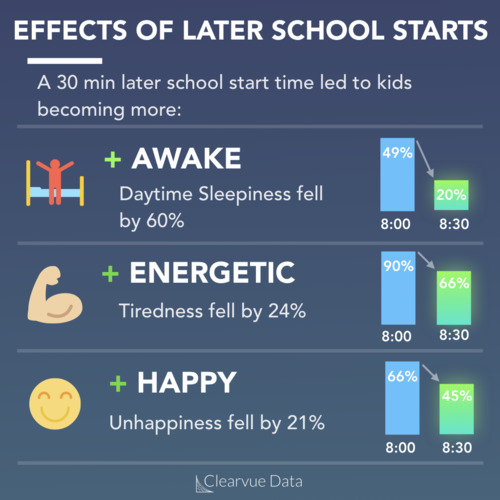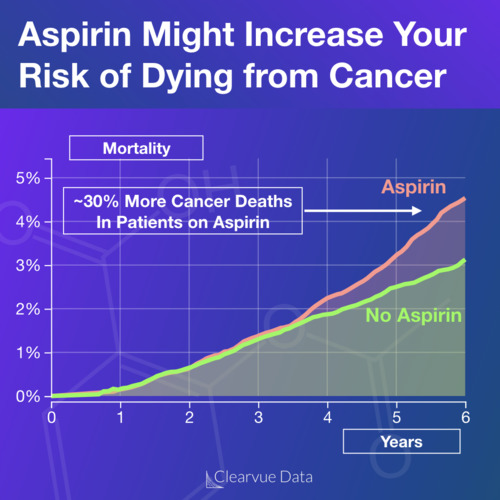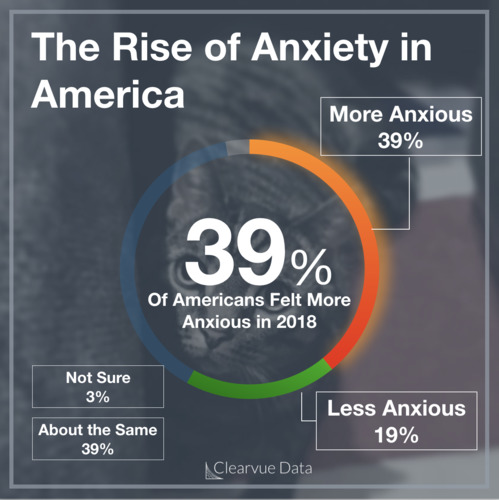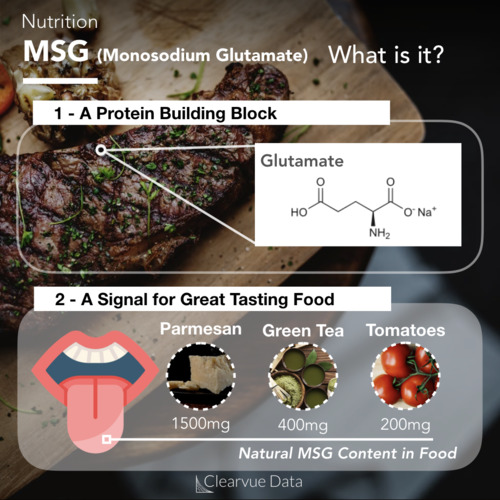Rib fractures in the elderly are a very common, but dangerous injury.
Thousands of Americans every year are hospitalized from rib fractures. While most will recover, many will be left with permanent injury, and some will not return home from the hospital.
A recent publication in the journal Injury looked at 397 elderly patients who were admitted to the hospital with multiple rib fractures.
Once hospitalized, most patients were out within 2 weeks, with an average stay between 4 and 13 days.

The majority (57%) of the patients who only had rib injuries were allowed to go directly home, a sign of an uneventful recovery.
35% had a longer path to recovery and were sent to rehab.
Approximately 7% of patients did not make it out of the hospital, however this is not unusual for a hospitalized elderly patient after an episode of trauma.
For the majority of patients, yes. However, it can take some time.
While the recovery rate from rib fractures is high, many patients are left with long term pain and injuries.
After 6 months, only 63% of patients were able to return to work.
However, this group included all types of workers including manual laborers. Therefore, an individual patient’s chances of returning to work may depend on the patients’ own line of work.
Unfortunately, rib fractures are part of a much larger issue facing the elderly: Falls.

The CDC has declared falling down to be one of the leading causes of death and injury in the elderly.
When most people think of a deadly event for a senior, they imagine a heart attack or a stroke, not a fall. But, falls kill 33,000 a year and hospitalize millions more.
This year, there will be an estimated 29 million falls in the elderly in America.
Approximately 38% of patients who fall will be hospitalized or injured because of their fall. 33,000 will not recover.
The elderly have a harder time recovering from injury compared to their younger counterparts.
Hip fractures have been estimated to triple a person's risk of dying in the year following a fall.
Wounds heal slower and broken bones are harder to mend. Often, a hip fracture or other injury can reduce mobility for long periods of time as they heal.
This reduced mobility can be deadly for elderly patients. The most common cause of death caused by a hip fracture is pneumonia, which sets in as patients can no longer adequately circulate air in their lungs leading to infections.

Given the significance of falls in the elderly, possible solutions and interventions have been well studied.
One of the best interventions proven by clinical trials over and over again is exercise. Exercise is even more important for the elderly. It keeps people strong, stable, and gives a reserve of physical strength to draw on in tough times.
According to the CDC, recommended exercises include balance and strength exercises, to improve a patient’s ability to stay upright. This is often done in group classes or with a physical therapist.
Another tip is to ensure that a patient’s vision prescription is accurate. Poor vision can contribute to trips and falls, getting the right glasses is an easy way to keep people safe.







